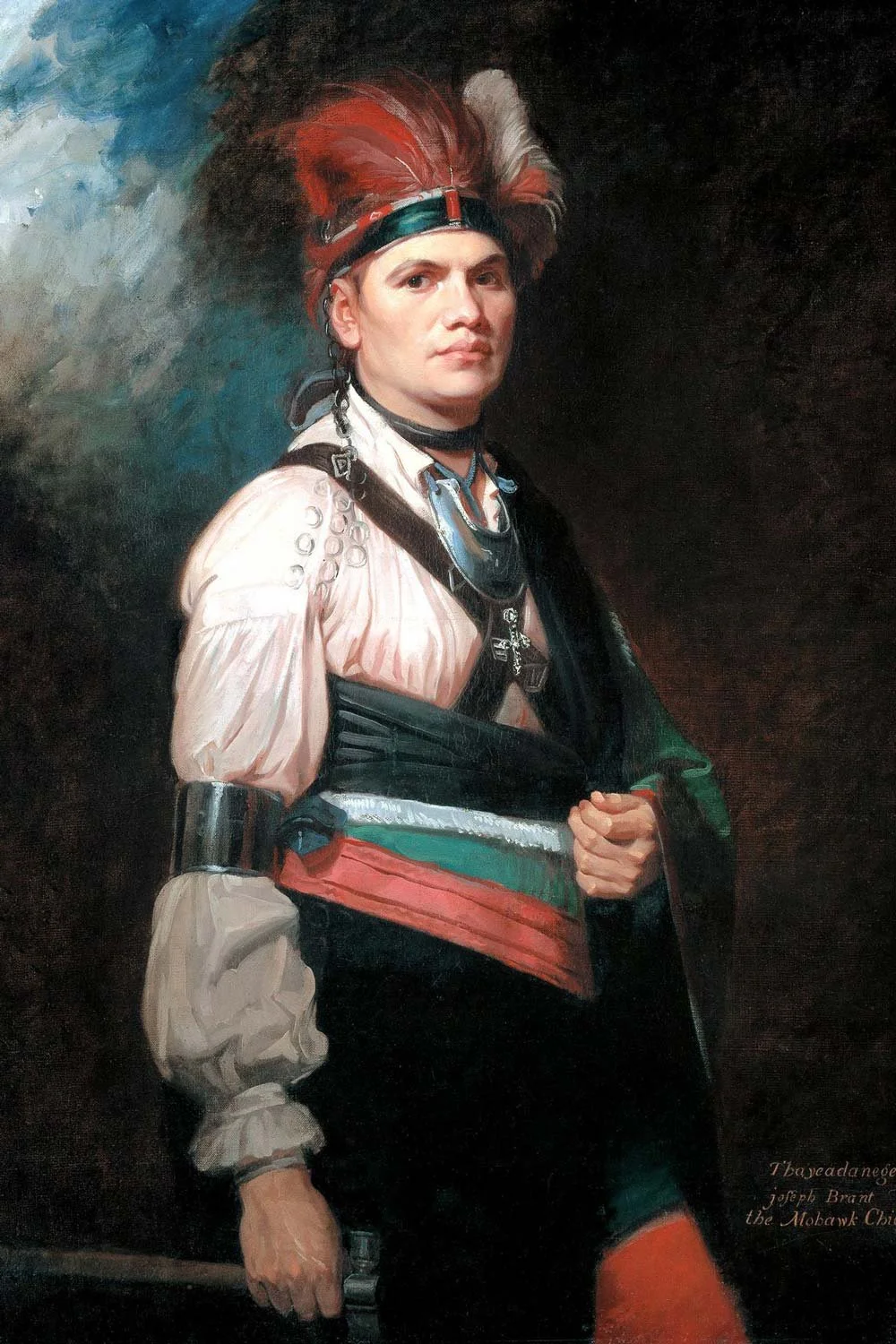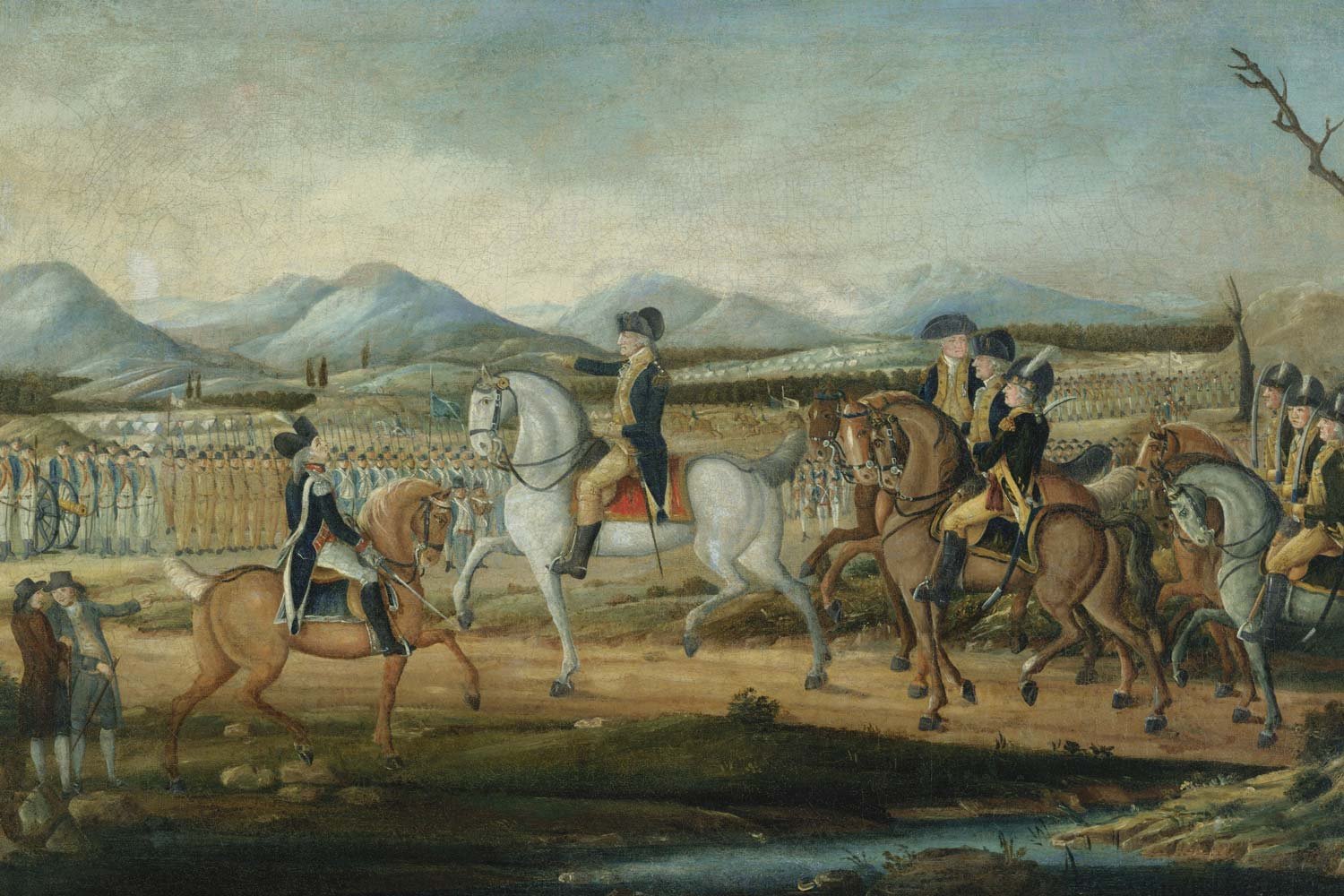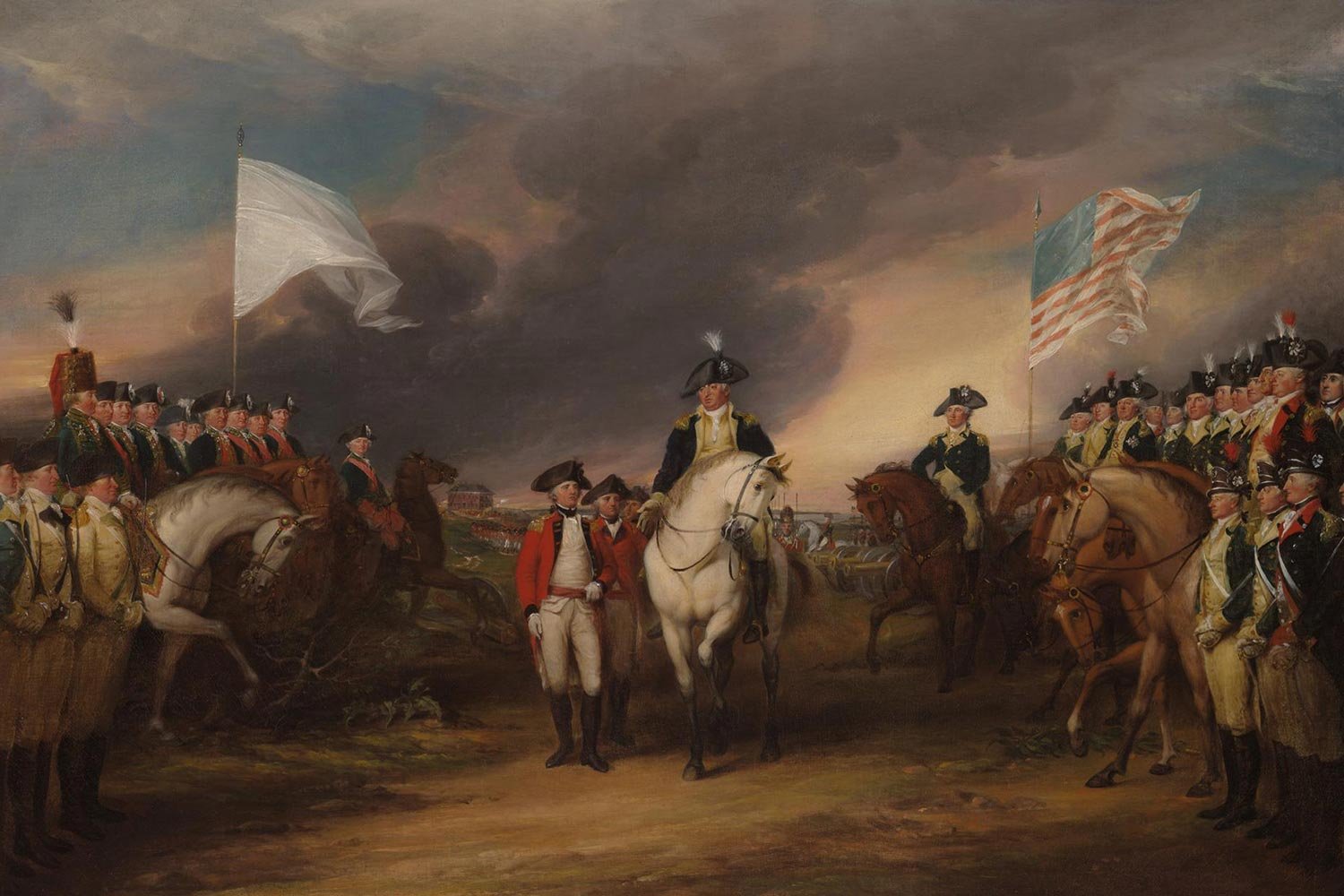The Battle of Oriskany
The morning of August 6, 1777 found 700 Tryon County New York militiamen encamped at an Oneida Indian village about seven miles from Fort Stanwix, itching for a fight. They planned to make a surprise attack on the British force besieging the fort, but things did not go as expected and most would not survive the day.
The commander of the force was General Nicholas Herkimer, a forty-nine-year-old wealthy farmer who lived about thirty miles from Fort Stanwix and whose ancestors had emigrated to America from the German Palatine in 1710. Herkimer had been in the militia since his teenage years and was highly regarded as a man of character and courage. He spoke German better than English, but that was not a problem because all his neighbors and fellow militiamen did as well.
The previous evening, Herkimer had sent a messenger to Colonel Peter Gansevoort, the American commander of Fort Stanwix, informing Gansevoort that a relief force was nearby. Herkimer requested that Gansevoort sortie out from the fort when Herkimer launched his surprise assault so they could catch the Brits between them. He further asked Gansevoort to fire three cannon shots when Gansevoort wanted the joint attack to commence.
George Romney. “Thayendanegea (Joseph Brant).” Wikimedia.
Herkimer’s plan was sound but was based on the assumption that his force had not been detected by the besieging army; unfortunately, that was not the case. In a region where everyone seemed to be related to each other, Molly Brant, who lived near Fort Dayton where the militia had assembled, was the sister of Joseph Brant, the capable leader of the Mohawk and Seneca Indians surrounding Fort Stanwix. Blood is thicker than water and Molly got word to her brother that Herkimer’s troops were on their way to relieve the fort.
Brant requested and got approval to set up an ambush in a ravine through which the only road to Fort Stanwix passed. The spot where Brant positioned his men was a perfect kill zone; the slope of the road leading into and out of the ravine was significant and the area was heavily wooded with a small stream at its bottom. Here, 400 Mohawk and Seneca warriors and 100 Loyalists waited for the Americans to walk into their trap.
Meanwhile, back at Herkimer’s camp, he was waiting for the three-cannon signal before advancing his troops. The hours ticked by and still no cannon fire from the fort. Around 10 a.m., several men, led by Colonel Ebenezer Cox and Isaac Paris, began to badger Herkimer about moving forward. They questioned his motives for the delay and accused him of cowardice and wondered if he had sympathies for the enemy since his brother was a Loyalist captain.
Herkimer’s temper let loose, and he cried “We march” despite no signal from the fort. The men snatched up their muskets and headed down the road two or three abreast, going at a dog trot with Herkimer leading the procession on his horse. Due to the narrowness of the road, the ragged column was strung out over half a mile when it entered the ravine.
As the men descended into the small valley and the lead elements began to climb the opposite side, musket fire erupted from the woods. The front ranks of the militiamen were decimated, but somehow Herkimer was not hit by the initial onslaught. Native Americans began to rush from their concealment, wielding tomahawks and war clubs, and crushing the terrified soldiers.
Herkimer kept his cool and immediately began to rally the troops on a nearby knoll. His calm under this terrible fire saved the life of many men. About fifteen minutes into the fight, a musket ball shattered Herkimer’s left calf just below the knee. Herkimer, still smoking his ever present clay pipe, ordered his men to prop him up on a saddle against a lone beech tree. From here, after tying off the wound, Herkimer directed the rest of the battle, barking orders and cursing as the occasion demanded.
He sent word for the rear detachment, which had not reached the ravine when the ambush began, to move up quickly to strengthen his new perimeter. However, Mohawks got between the Herkimer and the rear units. Although some militiamen tried to break through the enemy line and join their compatriots, most turned and beat a hasty retreat. Their fleeing the scene did not save them, and the bodies of Tryon County militiamen littered the road for several miles.
With the rear detachment gone and the front ranks thinned by the deadly initial volley, Herkimer had only about 150 soldiers left to continue the fight against Brant’s 500-man force. Over the course of the next five hours, the Tryon County militiamen would bravely battle, many in hand-to-hand combat, as their casualties mounted, and their ammunition ran low.
Around 3 p.m., General Herkimer started to lose consciousness due to the loss of blood from his leg wound, and the end for the remaining militiamen seemed near. Suddenly, the Seneca warriors began to yell “Oonagh! Oonagh!” their word for retire. Within minutes, the woods surrounding Herkimer’s embattled force were emptied and the road back to Fort Stanwix was filled with retreating Native Americans and Loyalists. Miraculously, Herkimer’s Tryon County militiamen held the field.
Next week, we will discuss the aftermath of the Battle of Oriskany. Until then, may your motto be “Ducit Amor Patriae,” love of country leads me.












The only fighting in the Quasi-War occurred at sea, and mostly in the Caribbean. But with war at a fever pitch and French interests so close by in Louisiana, there was a very real concern in Congress about a possible French invasion of the United States from the west.